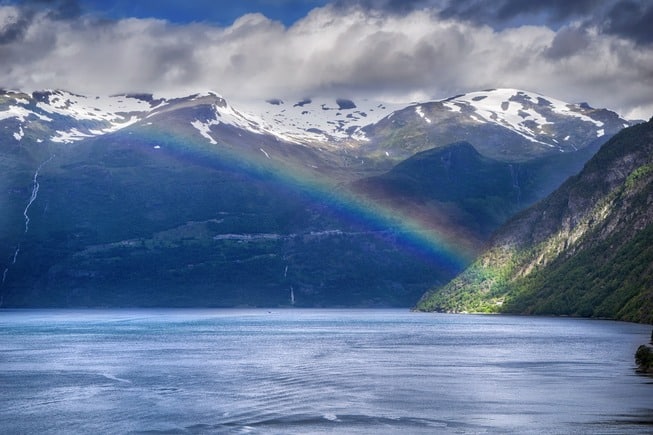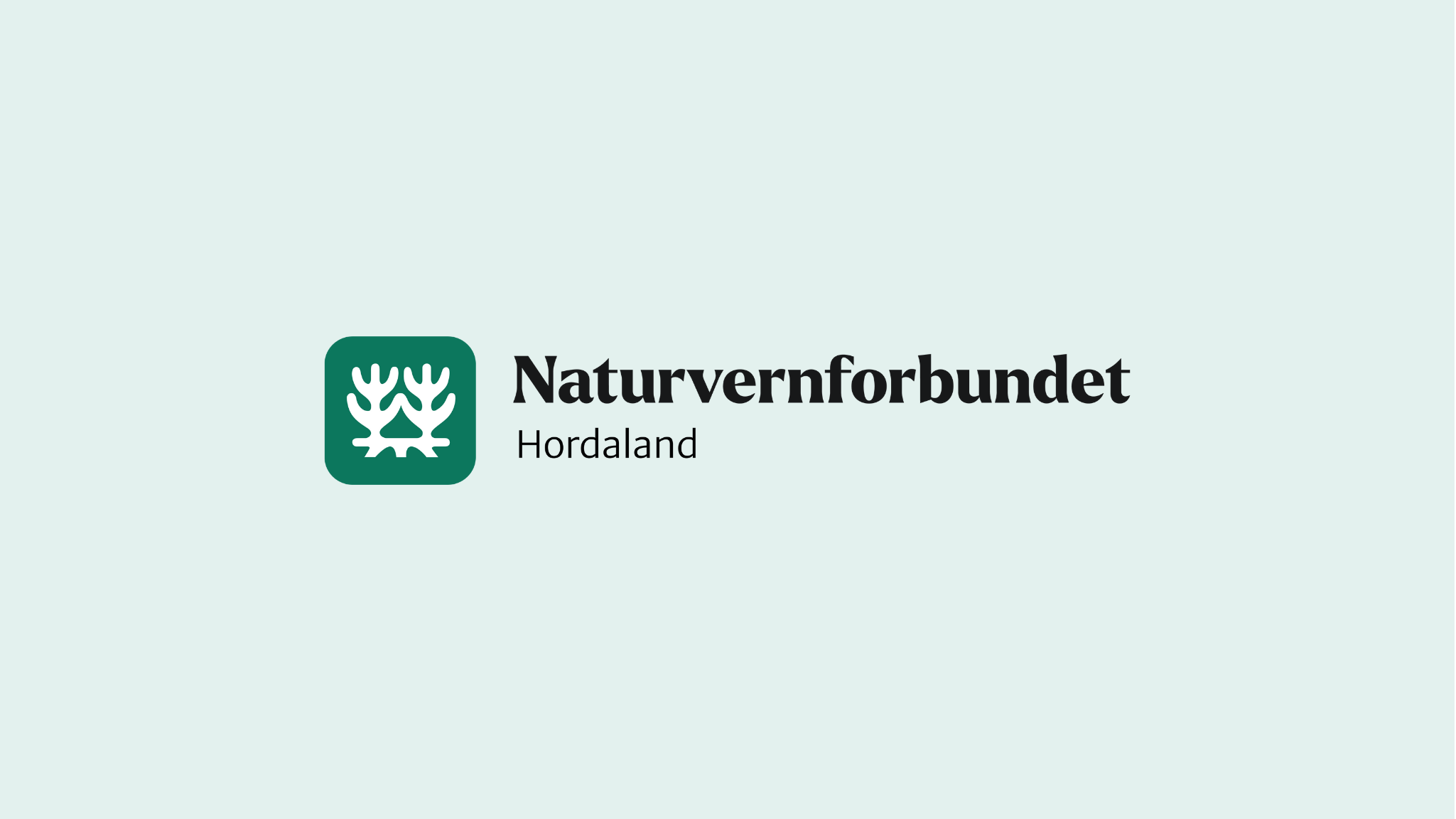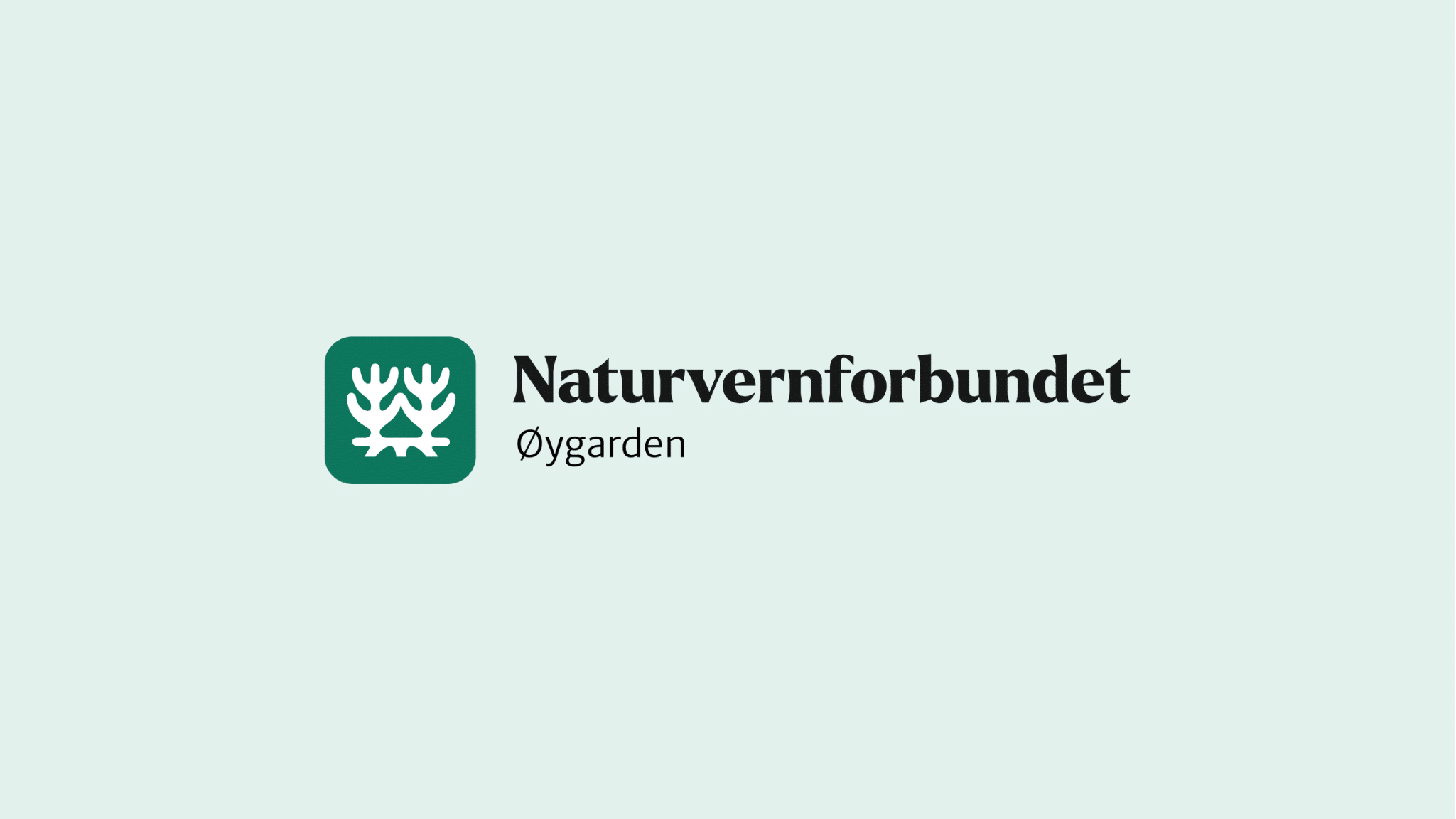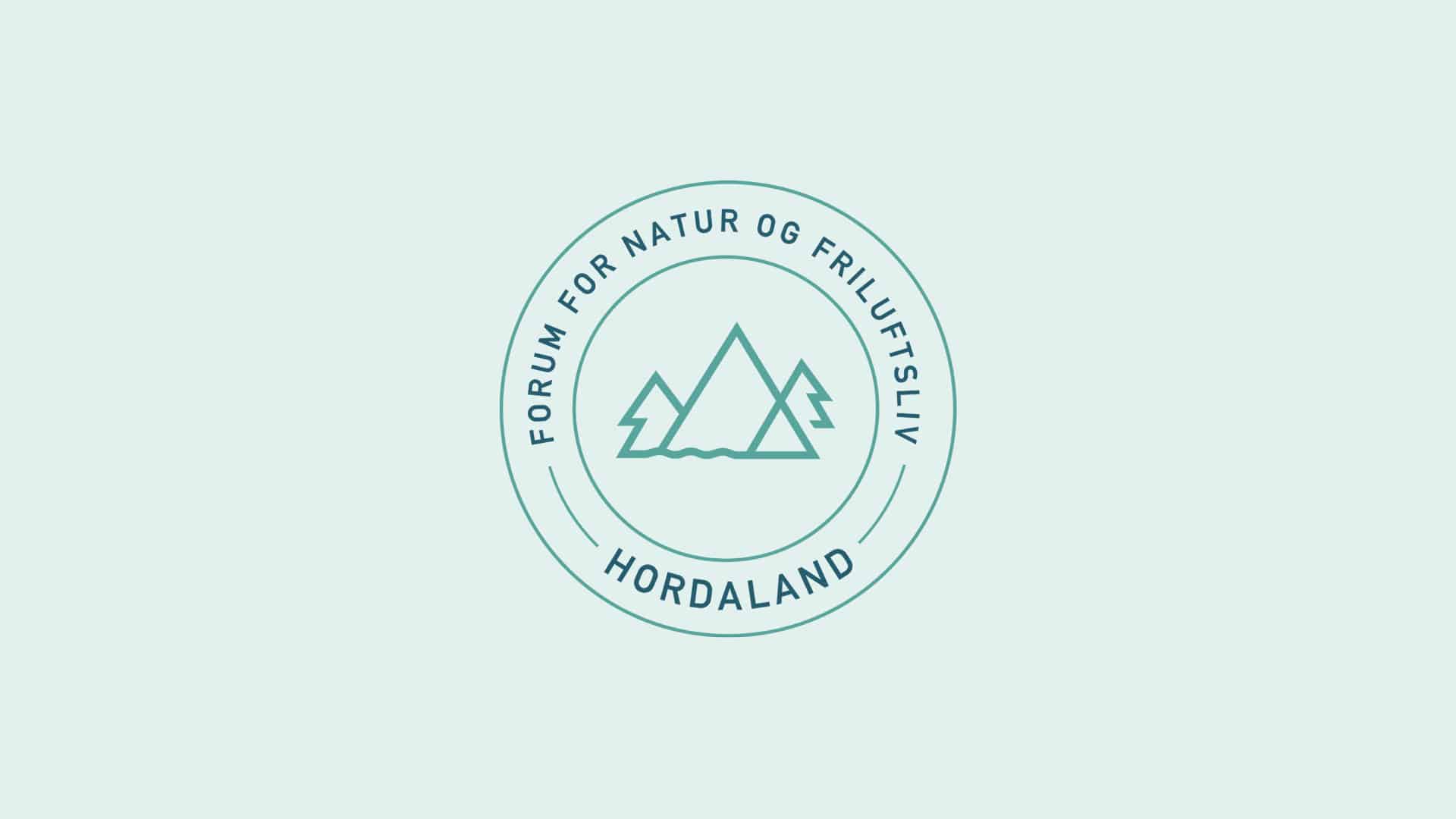Critical of new fish farms in Hardanger
The aquaculture corporations Eide Fjordbruk and Lingalaks have applied for use of two new areas in the Samlafjord. Naturvernforbundet Hordaland and Naturvernforbundet in Kvam are very critical of these plans.

The natural fjord landscapes in Hardanger are said to be some of the most stunningly beautiful and unique in the world. At Samlafjord, the fjord opens up toward Samlanuten on the south side and Kvamsøy on the north side to reveal scenery of an unparalleled landscape.
Already back in 1998 this was a key point of the Miljøverndepartementet (the Norwegian Ministry of the Environment) in the decision which stopped plans for Northern Europe’s largest gravel quarry at Hereiane: “The fjord landscape in Hardanger is assessed by both Riksantikvaren (the Norwegian National Heritage Board) and Direktoratet for naturforvaltning (the Norwegian Directorate for Nature Management) as one of the most valuable natural landscapes we have in Norway…Norway has a national duty to manage this area such that the value tied to the nature, landscape, and cultural environment are safeguarded.”
Samlen and Hereina are both central landmarks in the Samlafjord and have many geological similarities. In 2002, Hereiane was chosen as the community of Jondal’s “millennium city.” In these evaluations, emphasis was also placed on the regional coastal-zone plan for Sunnhordland and the Hardanger fjord, which was approved by Fylkestinget (the local community council) in October 2017, and in 2020 by the Kommunal og Moderniseringsdepartementet (The Community and Modernisation Department).
The coastal-zone plan is not mentioned in either of the applications from Eide Fjordbruk or Lingalaks, and also not in the cover letter from the Vestland county municipality to Ullensvang and Kvam. Naturvernforbundet believes that this is a basic and serious shortcoming of the applications.
The two aquaculture areas being applied for are placed on each side of the Samlafjord, at the point where the fjord is at its narrowest. Neither Eide Fjordbruk nor Lingalaks mention each other in their respective applications. In the submission letter from the Vestland county municipality, this situation is also not mentioned. Additionally, in the applications and letters from the county municipalities, neither the close proximity of these two fish farming areas nor the effect that the establishing two new aquaculture areas would have on the fjord and landscape is mentioned.
The county municipality’s comment in a letter to the municipalities and to all who wish to comment on the applications reads “The county municipality’s assessment is that the environmental documentation in the application provides enough of a basis to evaluate if the measure will have a noticeable impact on the environment and society.” Naturvernforbundet does not agree with this assessment. That the county municipality has made a conclusion about the environmental documentation before the comment period has even begun violates established procedures. This is exactly the opposite of what a presiding authority typically desires to happen. Usually, they wish to hold a general comment and hearing period to understand all perspectives in an application. But in this case, they have already concluded – without opening for input – and are sending signals on this further to everyone involved. Even just seen from a process and management perspective, this is problematic!
Naturvernforbundet believes that a more thorough impact assessment must be conducted, one which considers of the consequences of both aquaculture facilities together. Such an assessment must review the effect of pollution and waste discharges on the environment, fish, and other fauna of the fjord. In addition, it should consider the impact on the landscape, nature, and the quality of outdoor activities and life.
The Samlafjord has the most blue ling fish in the country
According to Torstein Halstensen, who specializes in fish species research, surveys, and identification for the Havforskingsinstituttet (The Norwegian Institute of Marine Research), Samlafjord is the place in Norway with the largest population of the blue ling fish (Molva dypterygia), a member of the cod family. The fish uses the Samlafjord to spawn; its conservation status is listed as Vulnerable, and it is in danger of disappearing.
In the Norwegian species database, the blue ling is red-listed. According to descriptions in the species database, the blue ling congregates at its spawning grounds. This means that the species is very susceptible to being affected by changing environmental conditions. Intentional fishing of the species ended in 2009, and it has been outlawed ever since. Haltstensen can testify that the species is making a strong comeback in the Samlafjord.
The blue ling was mentioned in a note from the biologist consulted in the application from Eide Fjordbruk. In the Åkerblå company’s investigation, “Needs assessment for KU – Outer Samla,” a reference is made to the registered spawning, development, and feeding areas for the blue ling. None of the reports mention that the blue ling is a threatened species which is on the red list, or how the aquaculture industry will affect the fish species and its spawning area over time.
According to Halstensen, the fjord has also been an important spawning and development area for halibut – and perhaps it still is. In either case, the area must be surveyed further, and certainly not damaged.
Naturvernforbundet also believes that based on the “precautionary principle” the Samlafjord must be surveyed much more carefully. As mentioned, the area is the deepest part of the Hardangerfjord, and thus a unique natural habitat; life at such depths in the fjord is not well understood nor well researched. This is a strong reason for surveying all wildlife and fish species that are found in the Samlafjord permanently or throughout the year.
Fish feed with mercury
Fish and shellfish found in the Samlafjord have been shown to have such high levels of mercury in them that they are not suitable for human consumption. These findings were applicable to cusk / tusk, ling, and halibut, among others. Research of the fish in the Hardangerfjord is part of a large international research effort which the Havforskingsinstituttet is part of.
Traces of mercury have been found in fish feed. Havforskingsinstituttet’s program for monitoring of fish feed reports the levels of heavy metal content. The last report from 2019 shows that “complete feed” contains on average 0,02 milligrams to 0,07 milligrams of mercury per kilogram of fish feed. This does not exceed the upper limit of 0,2 mg/kg. It is not stated how much mercury is released with the waste from excess feed or fish excrement, or how heavy metals move once in the seawater. Naturvernforbundet is critical of new sources of mercury emissions within the fjord, when there are already health guidelines against consuming fish such as cusk / tusk and ling.
Pollution from aquaculture in accordance with the EU’s water directive
Neither the applicants nor the community municipalities have assessed the pollution from the fish farming industry in accordance with the EU’s water directive. Naturvernforbundet reckons and expects that the responsible agencies will conduct such evaluations in the comment, hearing, and consultation period.
One of the key points in the water directive is that measures which degrade the aquatic environment should not be continued or approved to be put into motion. When the aquaculture industry expands into new areas with open pens / open circulation, the aquatic environment in that area will worsen.
Sadly, the EU’s water directive was not enforced well enough within the Norwegian aquatic regulations. A plan for water management is now under consultation by the Vestland community municipality, in which it was stated that the plan would be based on the EU water directive.
Naturvernforbundet requests that the aquaculture plans proposed for Samlafjord are evaluated with respect to both the Norwegian national water regulations and the EU water directive.
Given all of the above, Naturvernforbundet in Kvam and Naturvernforbundet Hordaland strongly believe that the applications from Eide Fjordbruk and Lingalaks must be viewed in viewed in the context of their combined impact. Simply based on what is documented above and what we highlight throughout this article, Naturvernforbundet believes that there are firm arguments for rejecting both applications as they stand today. An alternative could be postponing a decision until a survey for Ullensvang is conducted and a regional coastal-zone plan for the entire Hardangerfjord is created. Regardless, Naturvernforbundet believes that the combined impact of the two proposals made in the applications will have a significant impact on the environment and an impact analysis must be done. Naturvernforbundet also urges that on the basis of principle, the evaluation proceeds according to the established procedures for comments, hearings, and consultations.


